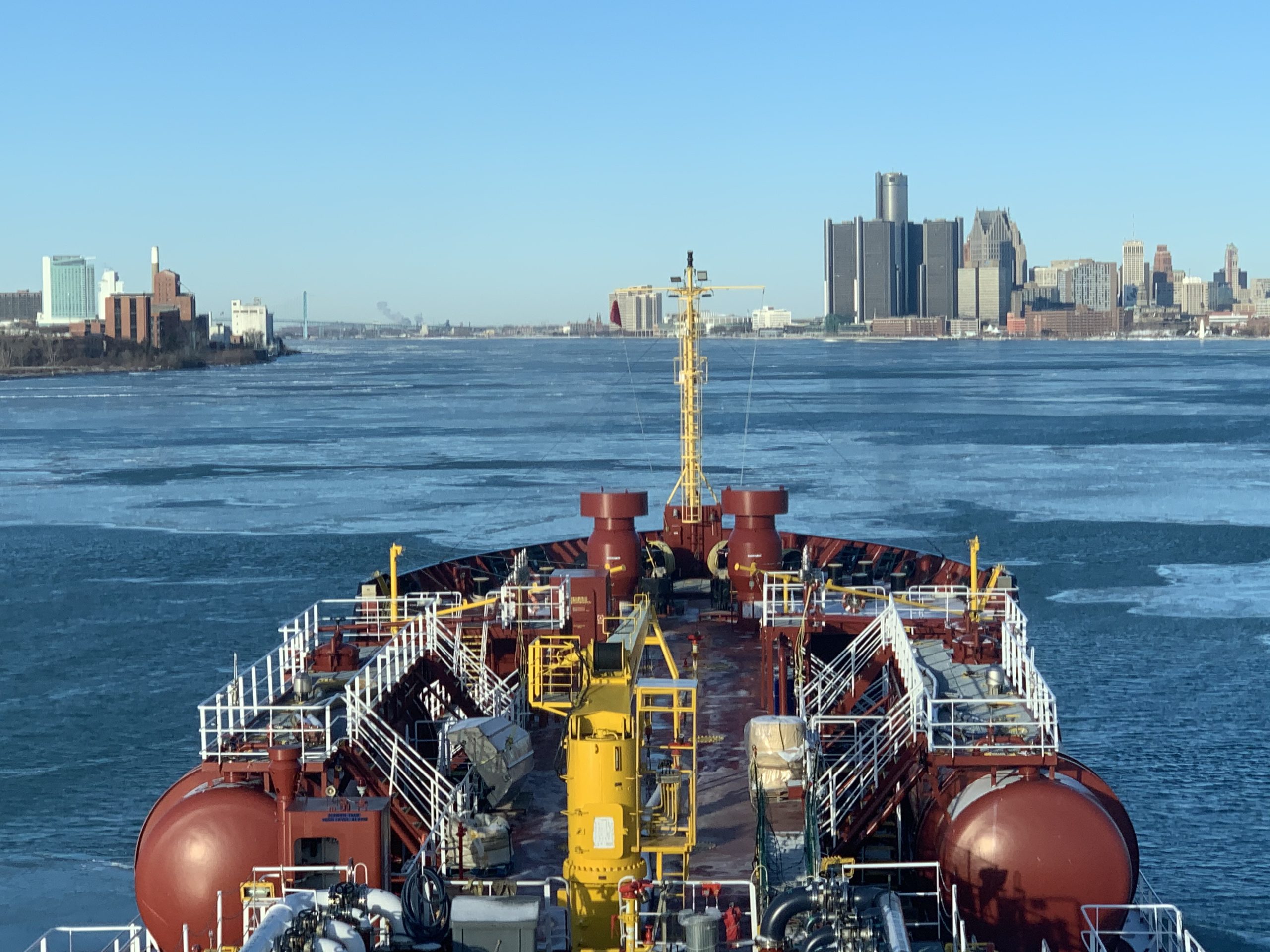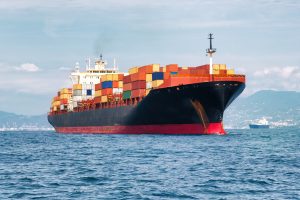As of the end of June, 12.2 million metric tonnes of cargo had moved on the St. Lawrence Seaway this year, demonstrating the resilience, predictability and sustainability of the binational system.
“The Seaway continues to demonstrate resilience,” said Jim Athanasiou, new President and CEO of the St. Lawrence Seaway Management Corporation. “This consistent performance underscores the vital role the Seaway plays in North America’s supply chain, supporting economic growth and environmental sustainability. Our commitment to our customers and to maintaining a reliable and efficient system, ensures that we can meet the needs of our customers and stakeholders now and in the future.”
A few cargoes which showed significant increases compared to 2023 are:
- Dry and liquid bulks, with ores and concentrates up by 110,000 mt at approximately 142,000 mt, and fuel up by 185,000 mt totaling 1.1 million mt.
- Potash, an agricultural fertilizer, continues to perform well up by 281,000 mt, for a total of 506,000 mt
- General cargo shipments of iron and steel up by 303,000 mt to 815,000 mt Grain, a Seaway staple, is steady and just ahead of 2023 for a total of 3.3 million metric tonnes.
“June proved to be another steady and productive month for U.S. ports on the Great Lakes St. Lawrence Seaway System,” said Adam Tindall-Schlicht, Administrator, Great Lakes St. Lawrence Seaway Development Corporation. “Shippers around the world know that they can count on the Seaway to help get a range of goods to their final destination.”
(Photo of Algoma Central Corporation vessel in Detroit harbour)








